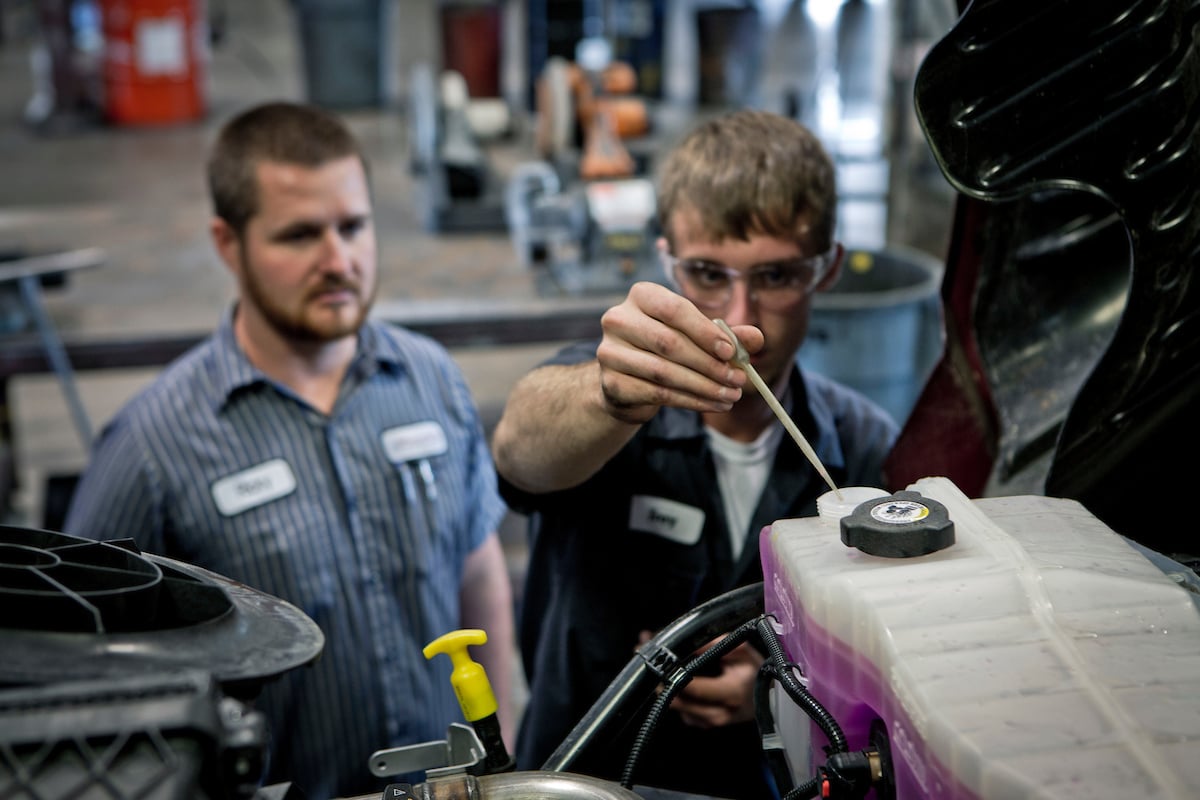
Protecting Your Fleet: Summer Maintenance Checklist
- Industry News
- May 17, 2021
While summer is often viewed as a time for vacation and relaxation, hardworking fleet professionals are still active and accountable for keeping the country moving year round. Keeping equipment in optimal shape is key in ensuring reliable, on-time deliveries even as temperatures rise.
“Extreme heat creates additional stress on vehicles that are already utilized at their maximum capacity,” says Frank Cook, Chief Technology Officer, PEAK Commercial & Industrial. ”It is important that fleet professionals take preventive measures early in the season to guarantee their equipment is ready to withstand high summer temperatures.”
To make sure your fleet is in top shape for this busy transportation season, PEAK Commercial & Industrial has shared the below tips for summer fleet maintenance.
- Check the condition of your coolant.
Since summer heat adds to the stress on cooling systems, coolant should be checked for the proper mix of water, coolant (glycol) and inhibitors. Coolant levels can be checked using a refractometer, and test strips are available for checking inhibitor levels.
If inhibitor levels are low on an extended life coolant (ELC), PEAK Commercial and Industrial’s Final Charge Extender should be added.
If a coolant change is required, to save time and money take the opportunity to use a coolant that does not require the addition of Supplemental Coolant Additives (SCAs) and has a long service life such as Final Charge Global Extended Life Coolant or Final Charge NOAT Coolant. Both of these coolants are based on organic acid technology and are especially good for hot weather, as those coolants have better heat transfer capabilities than coolants inhibited with conventional inorganic inhibitors.
- Focus on tires. Tires wear out faster in hotter temperatures, and with road temperatures reaching an excess of 120°F in the summer it is absolutely critical to pay close attention to both tire pressure and tread. Make sure to check tire pressure regularly as excess heat build-up is the most common cause of tire failure, and perform weekly inspections to make sure your tires are wearing at the proper rate and pattern.
- Check windshield wiper operation. Wiper blades face damage from road salt and frigid temperatures in the winter and are further vulnerable to complications in extreme heat. Examine their state early in the summer and replace wiper blades if needed to guarantee proper function during summer thunderstorms.
- Check your brakes. Brakes are one of the most important parts that safeguard drivers, passengers and cargo from costly accidents. However, brake parts wear over time from heat and friction and should be checked at least once a year to warrant driver safety and avoid expensive replacements.
As the transportation industry evolves, it is critical that fleet professionals are able to access the latest news, tools and resources to optimize their fleet’s performance.
Originally posted on Fleet Owner

